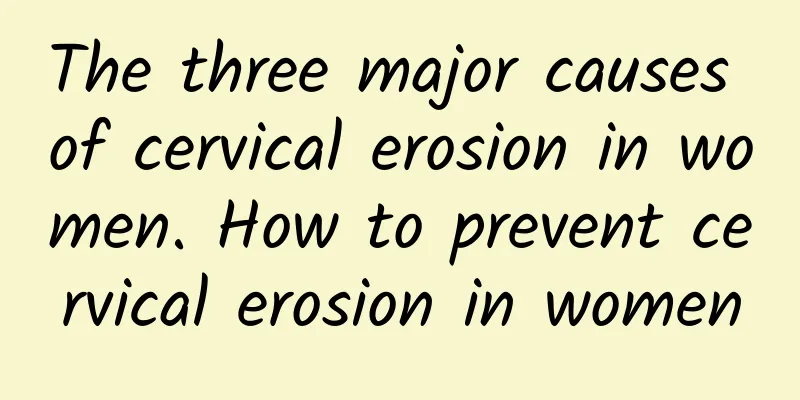How to prevent incomplete uterine aspiration during abortion surgery

|
Incomplete aspiration refers to the residual of some pregnancy tissue after artificial abortion. If a woman bleeds for more than 10 days after abortion, the amount of bleeding is heavy, or there is heavy bleeding again after the bleeding stops, it should be considered as incomplete aspiration. Its occurrence is related to factors such as the operator's unskilled skills, excessive uterine curvature and uterine malformation. By understanding the causes of its occurrence, targeted methods can be taken to prevent it. Relevant measures include: 1. Operators should strengthen their sense of responsibility and improve their technical level It is recommended to routinely use prostaglandin preparations to relax the cervix before surgery; use a transparent silicone tube as a suction tube connection during surgery, which helps the operator observe the amount of embryonic tissue sucked out and helps to preliminarily determine whether the suction is complete. Use a curette to check during surgery, especially to check whether the uterine horns on both sides are scraped clean, and carefully check whether the embryonic tissue is complete before the end of the surgery. 2. Treatment of uterine malformation Common uterine malformations include didelphys, bicornuate uterus, complete or incomplete septate uterus, etc. Therefore, relevant examinations should be performed before surgery to understand the patient's uterine condition. If conditions permit, the operation should be performed under B-ultrasound guidance; if conditions do not permit, the chorionic villi and decidua should be checked before the end of the operation. Generally speaking, patients with bicornuate uterus have more decidua. If no villi or less decidua are found, the patient should be re-examined to avoid incomplete uterine aspiration. 3. Treatment of excessive uterine flexion If the uterus is excessively anteflexed or retroflexed, it can be corrected by double-handed reduction or traction of the cervix. If reduction is not possible, it is best to perform surgery under the guidance of B-ultrasound. If conditions are unavailable, carefully check whether the villi are intact before the end of the operation. |
<<: Prevention of bleeding during artificial abortion
>>: Traditional Chinese Medicine Treatment of Uterine Fibroids
Recommend
What causes vulvar itching?
Vulvar itching is a common discomfort symptom in ...
What are the sequelae of uterine fibroid bleeding? What kind of blood is uterine fibroid bleeding?
What are the sequelae of uterine fibroid bleeding...
What are the symptoms of endometriosis?
What are the symptoms of endometriosis? Patients ...
Lentil milkshake is a good way to increase satiety
Liang Hailin said that when losing weight, he is ...
Is there any harm in having a hysterectomy for adenomyosis?
Removing the uterus may have some physical effect...
How to determine the thickness of the endometrium
How to determine the thickness of the endometrium...
The main causes of cervical hypertrophy are as follows
"What are the main causes of cervical hypert...
How to choose a hospital for women with cervical erosion
Cervical erosion is a gynecological disease that ...
How long after medical abortion can I have sex?
Although there are many kinds of abortion surgeri...
How much harm does abortion do to women?
Abortion causes great harm to women's bodies,...
Get rid of the misunderstanding of cervical precancerous lesions prevention
Cervical precancerous lesions are one of the mali...
Acupoint massage to relieve dysmenorrhea
Massage is often more effective than medication i...
Dietary guidance for hyperprolactinemia
Hyperprolactinemia patients need to have a correc...
How to treat abnormal leucorrhea?
If a woman has abnormal leucorrhea, it may be due...
Expert introduction - effective ways to prevent uterine fibroids.
Uterine fibroids are a common tumor in women. The...









